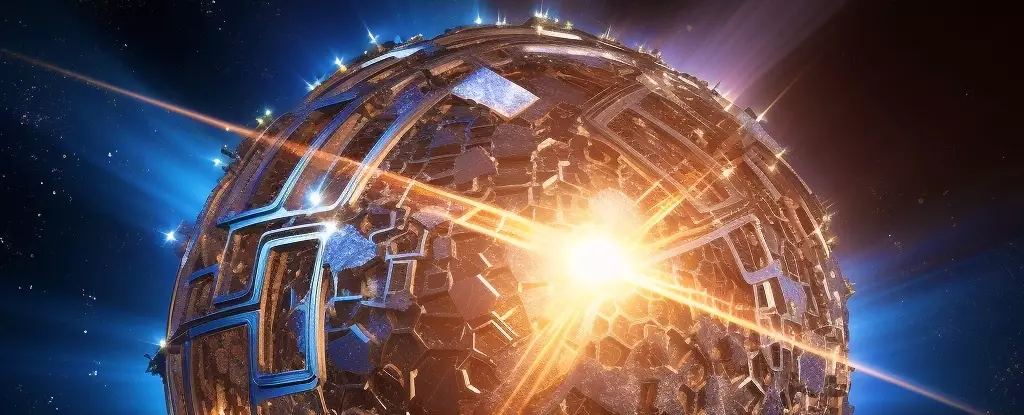Humanity’s continuous efforts to search for signs of extraterrestrial civilizations in the vast expanse of the Milky Way is both poetic and, some might say, futile. Despite the challenges, scientists persist in their quest to detect technosignatures, such as Dyson spheres, which could indicate the presence of highly advanced civilizations capable of harnessing a star’s energy. Recent research efforts, such as Project Hephaistos, have focused on scouring astronomical data for potential Dyson sphere candidates.
The team of researchers involved in Project Hephaistos faced the daunting task of sifting through vast amounts of data from astronomical surveys like Gaia, 2MASS, and WISE. These surveys provided a wealth of information on millions of sources, making the identification of potential Dyson spheres a complex and time-consuming process. Developing a specialized data pipeline was essential to filter out false positives and focus on anomalous sources emitting excess infrared radiation.
The researchers in Project Hephaistos aimed to identify partially-completed Dyson spheres by analyzing optical and infrared observations of millions of sources. By focusing on sources displaying anomalous infrared excess that could not be attributed to known natural phenomena, the team managed to narrow down their search to seven potential Dyson sphere candidates. While the researchers remain cautious about their findings, they are confident that these candidates exhibit characteristics consistent with Dyson spheres.
Despite the promising nature of the seven potential Dyson sphere candidates, the researchers acknowledge the need for further verification and analysis. Natural explanations, such as warm debris disks surrounding M-dwarf stars, could potentially account for the excess infrared emissions observed. Additional studies, including optical spectroscopy and analysis of H-alpha emissions, are crucial in determining the true nature of these candidates and ruling out other possible explanations.
The detection of Dyson spheres in the Milky Way remains a challenging endeavor due to the complex nature of astronomical data and the inherent uncertainties in identifying technosignatures. While Project Hephaistos has made significant progress in narrowing down potential candidates, further research is necessary to confirm the presence of advanced civilizations capable of constructing such massive structures. The quest for detecting extraterrestrial life continues, driven by humanity’s relentless curiosity and desire to unlock the mysteries of the universe.



Leave a Reply